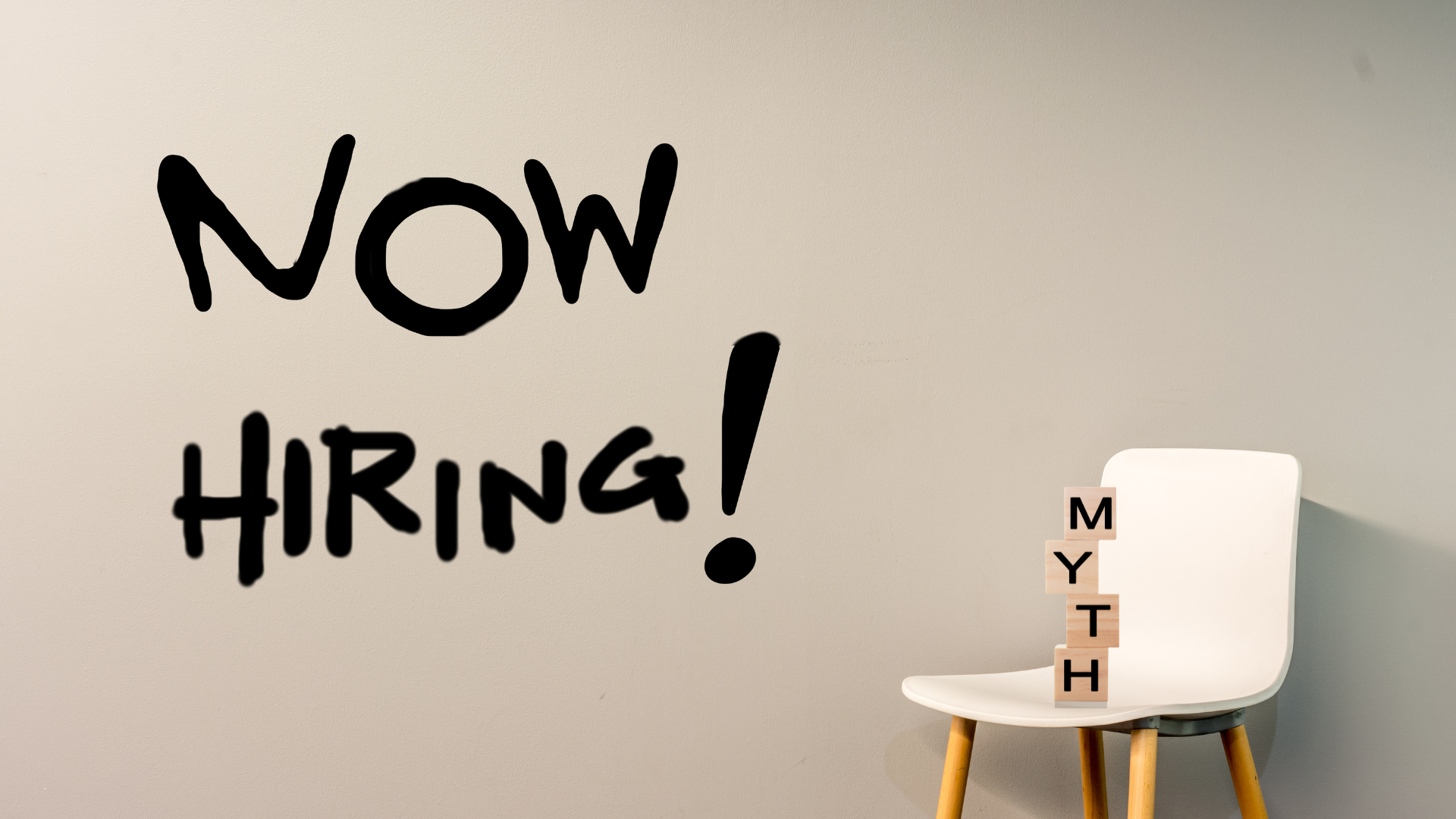
The Recruiting Dilemma No One’s Talking About
Hiring is more challenging than ever. The talent market is shifting rapidly, and yet many companies still rely on the traditional hiring playbook: post a job, wait for applications, and hope for the best. The problem? That strategy no longer delivers consistent results.
If you're thinking about taking recruiting in-house this year, it's crucial to evaluate the real challenges at play.
The 2025 Talent Market: Fewer Candidates, More Competition
For years, phrases like “The Great Resignation” and “The War for Talent” have dominated HR discussions. But in 2025, the reality is different: candidates are playing it safe.
After years of economic uncertainty, job hopping has slowed. Many professionals—especially high performers—are staying put, wary of unnecessary career risks. This means the pool of active candidates is shrinking, and sourcing passive talent has become more critical than ever. If your in-house team is primarily focused on processing inbound applicants, it’s time to rethink your approach. The best candidates aren’t applying—they need to be actively recruited.
The Role of Technology in Current Recruiting Trends
Many companies prefer in-house recruiting because they believe it offers more control over hiring decisions and processes. This is true in some respects—organizations can directly manage branding, candidate experience, and workflows. However, control alone doesn’t guarantee hiring success.
Related Read: Recruitment Process Outsourcing vs. In-House Recruiting: Can You Use Both?
One of the biggest shifts in talent acquisition is the rise of AI-driven recruiting tools. Companies are investing in automation to streamline hiring, and AI can certainly improve efficiency by helping recruiters source and screen candidates faster. But automation alone won’t overcome all hiring challenges.
Additionally, AI must be used strategically. If improperly trained, algorithms can unintentionally introduce bias into the hiring process. Over-reliance on automation can also reduce the human touch that persuades top candidates to make a move. AI should support recruiters, not replace them.
For companies managing recruiting in-house, the key is balancing technology with proactive human engagement. AI can increase efficiency, but ultimately, recruiters drive meaningful connections, negotiate offers, and secure top talent. Companies that blend AI with personalized outreach will achieve the best hiring results.
Many platforms, like LinkedIn and Indeed, restrict direct access to candidate data, meaning hiring teams must rely more on in-platform messaging and premium recruiter tools. While these changes protect candidate privacy, they also make it harder for in-house teams to reach active candidates efficiently. Even when these platforms produce results the ever-elusive passive candidates are still largely ignored.
Breaking Down the True Cost of In-House Recruiting
One of the most common reasons companies opt for in-house recruiting is the assumption that it’s more cost-effective than outsourcing. But is it?
Let’s examine the costs:
- A good recruiter’s salary: $70,000–$120,000+ (plus benefits, training, and overhead)
- LinkedIn Recruiter license: $8,000 per year (per recruiter)
- Indeed advertising spend: $5,000+ per month (for meaningful results)
- AI sourcing tools: $15,000+ per year (for quality data access)
- Applicant Tracking System (ATS): $20,000+ per year (enterprise-level solutions)
That’s well over six figures per recruiter, per year, before factoring in potential time lost on inefficiencies, bad hires, and limited access to passive candidates.
By contrast, RPO (Recruitment Process Outsourcing) models provide on-demand access to recruiters, sourcers, and advanced hiring technology—without fixed costs. For companies with fluctuating hiring needs, outsourcing can provide both flexibility and cost efficiency.
A Real-World Example: When In-House Costs More Than Outsourcing
Many companies don’t realize the true cost of in-house recruiting until they’ve already made a significant investment. Consider a mid-sized tech company that built an internal recruiting team to support rapid growth. They hired three full-time recruiters, purchased LinkedIn Recruiter licenses, and increased their job advertising budget.
After six months, they found they were spending nearly double their original budget—without a major improvement in time-to-hire. Eventually, they partnered with an RPO provider to fill critical roles faster and more cost-effectively, allowing their in-house team to focus on employer branding and internal mobility.
When In-House Recruiting Works (And When It Doesn’t)
When to Keep It In-House:- You have low-volume or highly specialized hiring needs.
- You have the budget for top-tier recruiting tools and specialists.
- You consistently need to hire at scale, and speed is critical.
- You’re struggling to engage passive candidates.
- Recruiting costs are unpredictable, and you need cost efficiency and flexibility.
The Future: Hybrid Recruiting Models That Work
The companies that will win the talent war in 2025 won’t choose between in-house and outsourced recruiting—they’ll do both.
A hybrid hiring strategy allows organizations to:
- Leverage in-house teams for employer branding and internal pipeline development.
- Use RPO partners for volume hiring, niche roles, and passive candidate outreach.
- Integrate AI and data-driven recruiting without losing the human touch.
Recruiting isn’t a one-size-fits-all game anymore. If your hiring strategy hasn’t evolved, you’re already behind. The question isn’t just “Is in-house recruiting worth it?”—it’s “Is your hiring strategy built for the reality of 2025?”
Now is the time to rethink how you attract, engage, and hire top talent—before your competitors do.




